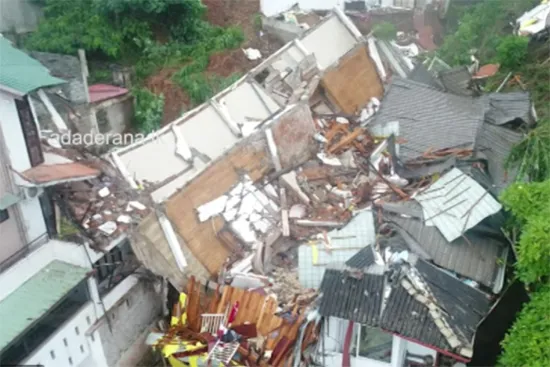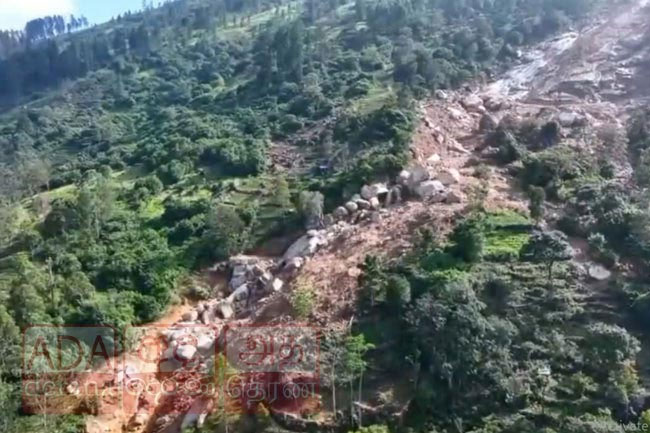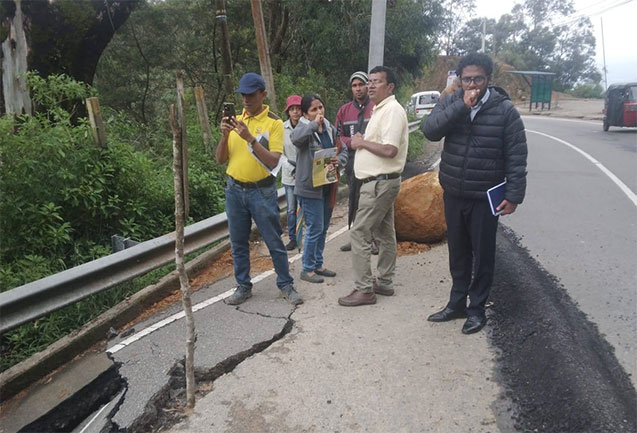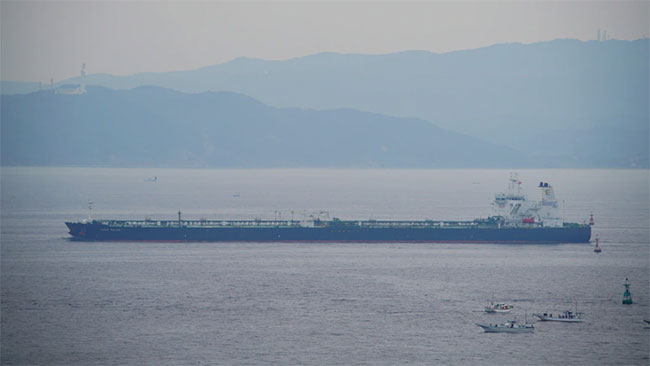
The news about the collapse of a five-storey building in Kandy has received wide publicity. Three lives were lost in the tragedy. Could this be the only such disaster? If the underlying cause of the failure are addressed urgently, any more lives may be lost. One of the key failings is that many small-scale construction endeavours in Sri Lanka, such as domestic dwellings, are able to proceed with no legal requirement for ensuring engineering safety. Therefore, what should be done to ensure structurally strong, safe buildings are constructed? Sri Lanka should study and emulate the systems adopted by other countries to make it mandatory to follow safe-building methodologies regardless of the scales of constructions. In this article I outline the system employed in New Zealand. In New Zealand, prior to 1978 there were no consistent laws across the country to regulate building activities. A Building Act was introduced in 1978 followed by a New Zealand Building Code the following year. Since then, all building activities in the country have to carried out in conformity with these legal requirements. The Building Act was further revised in 2004. The Building Act is the legislation that governs all building activity. All constructions in New Zealand must comply with the Building Code. The two documents work together to ensure the safety of all building activity in the country. The New Zealand Building Act The Building Act governs the building sector and sets out the rules for the construction, alteration, demolition and maintenance of new and existing buildings. The act includes the definitions of owner, designer, builder and building consent authority and their various responsibilities. The owner must apply for a building consent if he/ she intends to undertake construction activities within his/her property. The Building Act includes clauses that outline the actions required by the property owners when the buildings are constructed on unstable lands and lands subjected to flooding, inundation and alluvium. Only a very few building activities can be undertaken without going through a building consent process in New Zealand. New Zealand Building Code The Building Code prescribes performance standards for all New Zealand building work, and every building work must meet them even if it does not need a building consent. There are 35 clauses in the New Zealand Building Code, covering aspects such as structural stability, fire safety, access including access for people with disabilities, moisture control, durability, services and facilities and energy efficiency. The New Zealand Building Code sets the minimum standards building work must perform to, but not how to meet them. In other words, you cannot do less than the minimum standards, but you can exceed them. It is performance-based. It states how a building must perform in its intended use rather than describing how the building must be designed and constructed. One main advantage of a performance-based Building Code is flexibility. This allows developments and innovation in building design, technology and systems. As a property owner, you can choose your designs, products or building methods, as long as your building consent application demonstrates that your proposal meets the Building Code requirements. Reliance on Professional Engineers The New Zealand building industry relies heavily on engineering professionals in it (rather than those Councils or other government entities). These engineers come from various fields such as Geotechnical, structural, Fire, Drainage/ Hydraulics etc. They must register with the Territorial Authorities to issue “Producer Statements”. For instance, a registered structural engineer could provide a design for structural elements for a single level or a two-level building supported by a Producer Statement. The Local Council will accept such a design. However, for a complex design the applicant needs a design review by another registered engineer. Similarly, complex structures like viaducts, tunnels and multi-level buildings require regular inspections by the registered engineers and provide Producer Statement Construction and Producer Statement Construction Reviews. Councils require inspection records by the registered engineers along with their Producer Statement Construction and Construction Reviews. It is difficult for the local councils to employ a large-number engineering professionals to carry out design checks. Many countries including Sri Lanka should employ enough engineering professionals in the regulatory authorities, which can ensure safety and integrity of all buildings with the help of knowledge and expertise of engineers within the industry who are accredited by professional bodies. The Producer Statement system indemnifies the local councils of future claims in the event of design failures and places the onus on the professional engineers to assess building design and construction integrity and compliance. Properties subjected to flooding Overland Flow Paths traverse through some properties, and the Council could identify such properties using flood maps that are regularly updated. Construction activity on properties impacted by overland flow paths is subjected to additional requirements for the safety of the property as well as those located downstream of it. The developer/property owner must submit a flood report from a registered engineer including controlling measures that will be adopted. This report must ensure the safety of the proposed building and the downstream properties. Overland flow path has been identified as one of the contributory factors as regards the collapse of the building in Kandy Fire Engineering Fraternity New Zealand has the facility to produce very advanced fire engineers who are also registered with the local councils and capable of producing complex fire designs for multi-level buildings, tunnels and other complex commercial buildings. Fire engineering is an area that requires more investment and consideration in Sri Lanka. The increased dwelling densities mean fires have the potential to spread more easily, and, therefore, a fire in any one property threatens not only that property but also others nearby. The materials used in construction, appropriate design to prevent spread of fire and enable speedy escape are all key aspects that must be taken into consideration. Buildings with high occupation densities will require higher fire safety precautions.
Popular News






